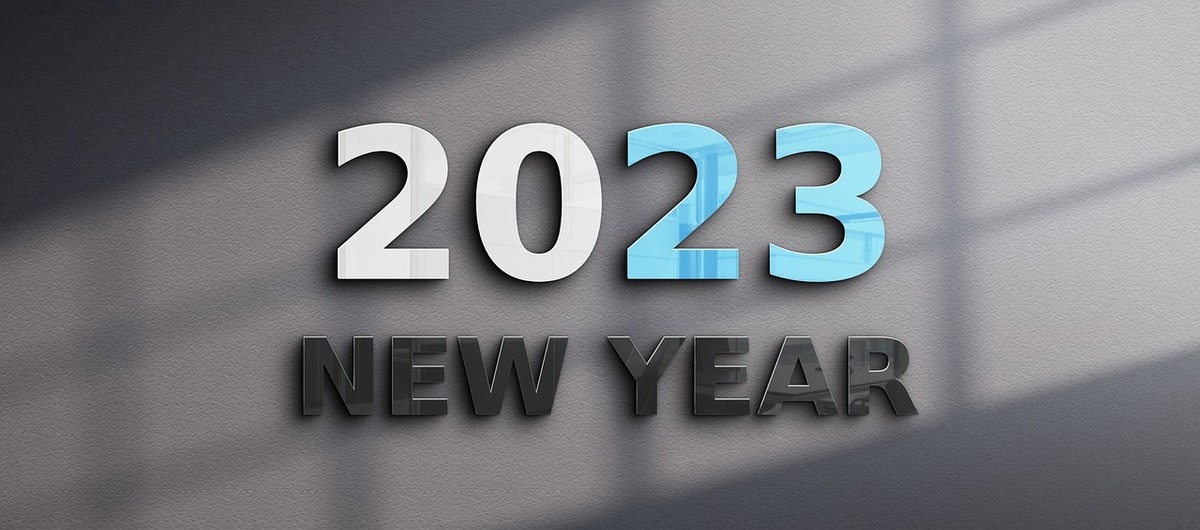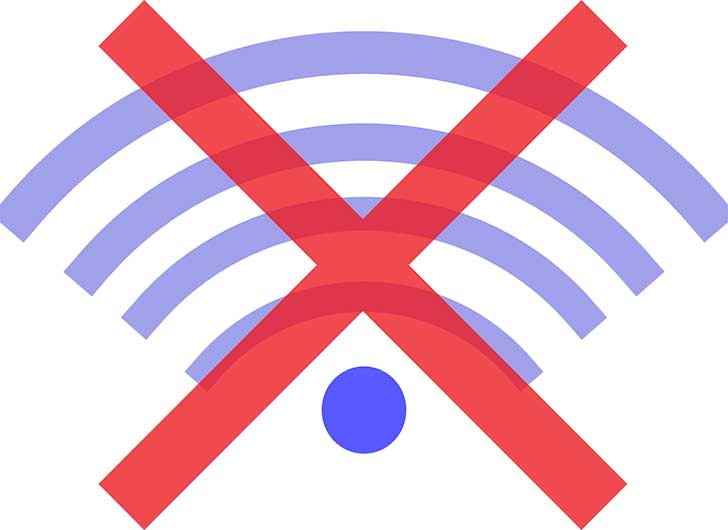The pace of digital transformation has been frenetic, and it is not likely to change in 2023. Companies need to be technology-based to survive in an increasingly competitive environment.
In this post on the Befree blog, we review some of the technological trends that will set the course for innovation in 2023. Artificial intelligence, quantum computing and low code are some of them.
1.- Artificial Intelligence
Artificial Intelligence has undoubtedly gained prominence in recent years, and is expected to be one of the technology trends of 2023. AI is the creation of computer systems capable of performing tasks that require human intelligence, such as pattern recognition or decision-making. AI is already being used in different fields, such as data analysis, customer service or medical diagnostics, and it is expected to become even more widespread in the future.
In fact, a report by Markets and Markets, indicates that the global AI market is expected to reach $407 billion by 2027, with an average annual growth of 36.2%. The main growth drivers will be data-driven AI, advances in deep learning and the need for robotic autonomy.
AI will develop in other directions, such as robotic process automation (RPA), which will facilitate the automation of tasks such as application interpretation, transaction processing and data handling. In addition, an evolution in adaptive AI, which goes beyond traditional machine learning models and applies a flexible and continuously updated approach to monitor and learn from changes, is foreseen. There will also be a proliferation of applications based on AI-generated content, both text and images, and advances in natural language processing.
2.- Quantum computing
Another technological trend in 2023 is quantum computing. This technology, which is based on the use of qubits instead of bits, allows for much faster calculations and data processing than traditional technology. Quantum computing has the potential to revolutionise fields such as simulation, optimisation and cryptography, and is expected to start having a major impact on industry by 2023.
The immediate future of quantum computing lies in hybrid quantum computing. According to NetApp, in 2023 we will start to see a mix of traditional and quantum HPC to solve some of the most complex problems. In addition, NetApp stresses the need to start thinking about data encryption, as hybrid quantum will be able to break existing encryption protocols in less than a decade. Therefore, new encryption protocols and algorithms will need to be developed first.
3.- Cloud computing
Cloud computing, this is, the use of servers and IT services over the Internet, is another technology trend in 2023 that is booming. Cloud computing allows companies to access computing resources without having to purchase and maintain their own hardware and software, enabling them to reduce costs and improve efficiency. In addition, cloud computing offers greater flexibility and scalability, making it easier to adapt to market changes.
Organisations’ migration to the cloud will continue its unstoppable march in 2023. According to NetApp, we are heading towards a multi-cloud future. 89% of companies already use multiple clouds to manage their IT services, operations and infrastructure. This multi-cloud will increase in importance as more services move from on-premises to the cloud. Organisations will link to multiple cloud providers to drive innovation. This will ensure security, scalability and flexibility outside their data centres.
Cisco also points to the complexity of multicloud as a driver for the evolution to new framework environments such as sovereign clouds, local area clouds, zero carbon clouds and other innovative offerings. This trend will create more private and edge cloud applications and services and a new multi-cloud operating model. In addition, Kyndryl foresees the proliferation of industrial clouds, which foster vertical integration between production and the rest of an organisation’s business units. These integrations meet customised, industry-specific specifications.
4.- Low code
Finally, the last of the technology trends of 2023 that is gaining ground is low code. This is the creation of applications using platforms that allow non-programming experts to develop software quickly and easily. Low code is revolutionising the world of software development, as it allows companies to create applications without having to hire a highly specialised team. By 2023, low code is expected to continue to grow and become an increasingly popular tool in the business world.
The shortage of technology talent and the acceleration of digital transformation will continue to be challenges for organisations’ IT departments. To alleviate this pressure, low/no code tools are expected to be deployed among employees by 2023. In addition, the number of people dedicated to low code will increase fourfold from 2021 to 2025. Appian plans to have 68 billion processes automated on its open low code platform.






